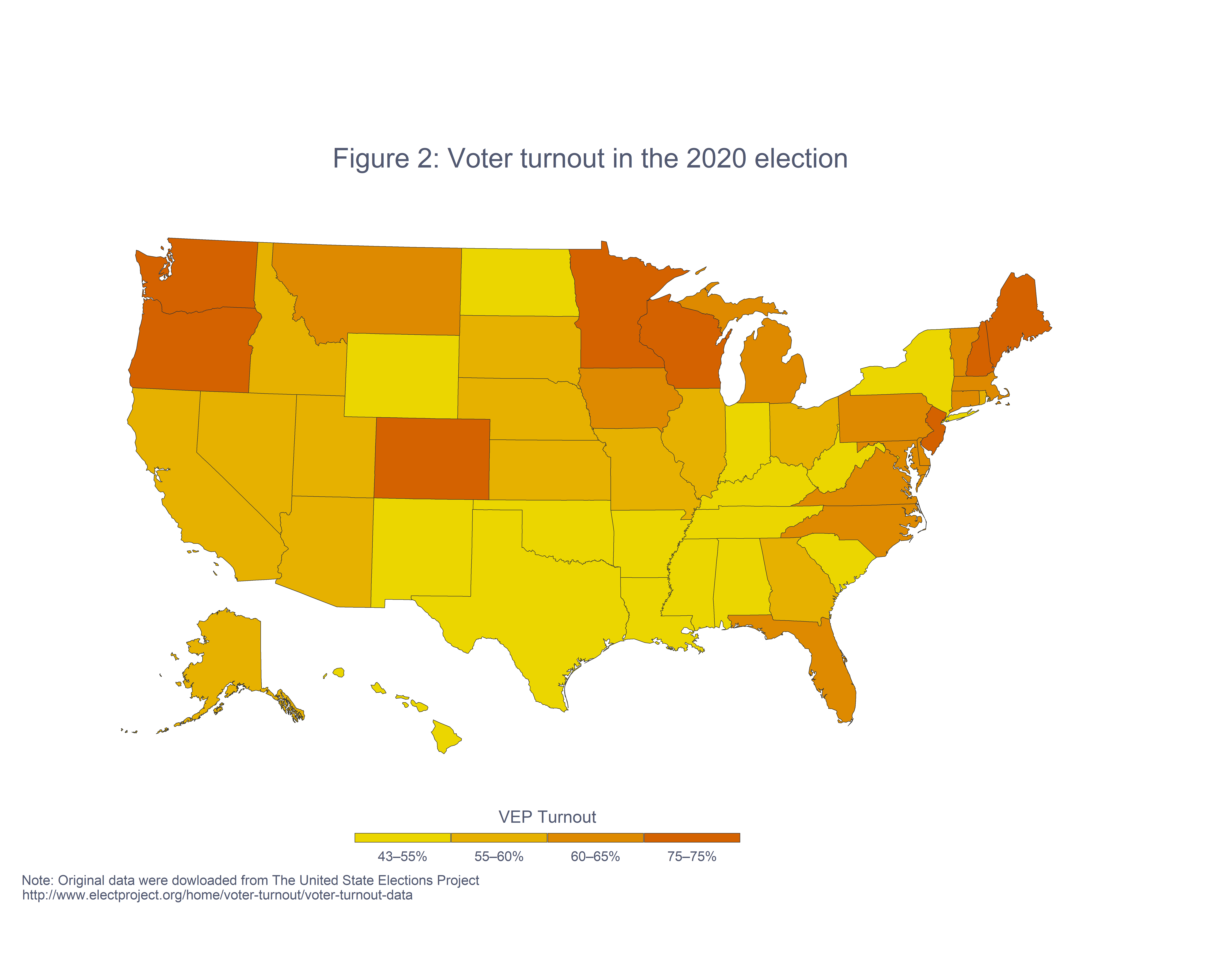Navigating Uncharted Waters: The Impact of Digital Voting on Democracy
In an age where technology has permeated almost every aspect of our lives, the prospect of digital voting might seem like a natural progression. Proponents argue that it could increase participation, reduce costs, and modernize an antiquated system. However, in the wake of numerous data breaches and growing cybersecurity threats, questions linger about the true impact digital voting could have on democratic processes.
Let's delve into this pivotal topic that stands at the intersection of technology and politics, and examine what it means for the future of democratic engagement.
Digital Voting: A Double-Edged Sword?
The concept of digital voting - using electronic methods to cast votes in elections - has been around for some time. With the rise in online transactions and the convenience of digital platforms, it stands to reason that this approach could streamline electoral systems. Indeed, several countries have experimented with various forms of e-voting, with Estonia being the most notable for its wide adoption of the technology since 2005.
Initial observations suggested many positives, notably boosted turnout, particularly among younger voters and those living abroad. Estonia’s implementation, which requires the use of a national ID card, boasts strong security protocols and has been held up as a model for other nations to follow.
However, the landscape is rapidly evolving. With concerns about foreign interference in elections, the tales of social media manipulation, and the specter of hacking, the integrity of digital voting systems is under scrutiny. Experts in cybersecurity have often pointed out the vulnerabilities inherent in digital systems, noting that no network is impervious to breaches.
In the United States, the specter of digital voting became a topic of heated debate following the 2016 Presidential Election. Allegations of foreign interference and the spread of misinformation have cast long shadows over the prospect of electronic voting. The decentralized nature of the U.S. election system, with its patchwork of different technologies and procedures across states, brings additional complexity to any discussion about the wholesale adoption of digital voting.
The Debate Over Security and Accessibility
At the core of the digital voting debate is a seeming trade-off between accessibility and security. Advocates for digital voting argue that it can enfranchise groups historically disenfranchised: those with disabilities, overseas military personnel, and citizens abroad. In the shadow of the COVID-19 pandemic, the discussion around digital voting also encompassed public health, with advocates arguing that it could prevent the spread of disease at polling places.
Yet, security experts caution that the very features that make digital systems convenient - the ability to access them from any internet-connected device, for example - also make them susceptible to interference. The process of ensuring a secure digital vote involves complex layers of verification, encryption, and auditing, each of which presents its own series of challenges.
One of the major hurdles is the issue of voter verification. In a traditional polling place, voters present identification and sign a register before casting their ballots. How do we replicate this level of assurance digitally without compromising the privacy and anonymity of the voter? Solutions range from biometric authentication to blockchain-based systems, but each technology carries its own risks and drawbacks.
The Question of Transparency and Trust
Another cornerstone of the electoral process is transparency. Citizens need to trust that their vote counts and that the declared outcomes reflect the true will of the people. While paper ballots allow for physical recounts, the nature of digital voting makes recounts less straightforward. Any recount or audit process would require sophisticated tools and understanding to verify the authenticity and integrity of the digital votes.
Furthermore, trust in the digital voting process also depends heavily on the public's understanding of, and confidence in, the technology used. Levels of technological literacy vary widely among populations, and for many, the opacity of digital systems might breed skepticism rather than trust.
In conclusion, as democratic societies across the globe grapple with the question of integrating digital voting into their electoral systems, the delicate balance between accessibility, security, and trust looms large. The journey to digital voting is fraught with both opportunities and risks, and the decisions made today will have long-lasting implications for the nature of democratic participation in the future.
This first part of our analysis has set the stage for the broader implications of digital voting in democratic societies. In the following section, we will continue to explore the global experiences with digital voting, the lessons learned, and the potential path forward as we navigate these uncharted waters.
The Future of Voting: Harnessing Technology while Upholding Democratic Values
As the world inches closer to making digital voting a widespread reality, it is critical to take a comprehensive look at the global experiences with this technological shift in democracy. This examination can guide us in balancing the potential benefits against the potential risks that such a fundamental change entails.
Global Experiences: Lessons in Digital Democracy
While Estonia stands out as a successful case of digital voting implementation, other nations provide cautionary tales. A case in point is the Netherlands, which once used electronic voting machines, only to revert to paper ballots because of security fears. Similarly, Germany declared that the use of voting machines that did not provide a paper trail was unconstitutional, emphasizing the importance of verifiability in the electoral process.
Estonia’s success story, however, highlights key factors that could make digital voting work: trust in the government and its institutions, a strong technological infrastructure, and an informed and engaged citizenry. It underscores the need for transparency in both the technology used and the process of voting itself. International observers have been invited to scrutinize Estonia's elections, offering an additional layer of trust and confidence in their digital voting system.
Designing a Resilient Digital Voting System
To navigate forward, one must consider how to design a digital voting system that can withstand the test of technological and political challenges. Cybersecurity experts suggest a mix of old and new: a technological solution that includes some form of paper verification to ensure votes can be audited and recounted if necessary. This could take the form of a printed paper ballot verified by the voter at the time of voting or a system that can produce a paper audit trail.
The technology itself must be robust. Encryption methods, like those used in secure financial transactions, can protect data transmitted during the voting process. Blockchain technology has also been touted for its potential to create secure, verifiable records of votes that cannot be altered once cast.
There is also a pressing need for international standards and best practices for digital voting. These could provide baseline requirements for security, accessibility, and transparency. By adhering to a global standard, the confidence in digital voting systems may be bolstered no matter the country of implementation.
Ensuring Equity and Accessibility
One of the paramount promises of digital voting is the enhancement of accessibility, allowing every eligible voter to easily exercise their right. However, if implemented without care, digital voting could exacerbate existing inequalities. It is imperative that systems are designed to be user-friendly for people with varying levels of digital literacy and that they are accessible to persons with disabilities. Likewise, solutions must be found to ensure that voters without ready access to technology or the internet can still cast their ballots. Voter education campaigns focusing on digital voting processes would also play a crucial role in easing the transition and ensuring equity.
The Human Factor and Future Prospects
The ultimate success of digital voting hinges not just on technology, but on the human factor. This involves establishing a culture of digital literacy and developing a public education framework that builds confidence in the new systems. Trust in the system must be earned and sustained through transparency, communication, and demonstrated reliability.
Looking ahead, one can envision a gradual transition period where digital voting is adopted alongside traditional methods, allowing voters to choose how they cast their ballot and authorities to build societal trust in the new systems. Such a period would also provide an opportunity for refining technology and processes through iterative real-world feedback.
In conclusion, while digital voting presents boundless opportunities for enhancing democratic engagement, it is imperative that the move towards such systems is navigated with caution. The democratic process should be treated as sacrosanct, and therefore, every effort must be made to ensure that any technological solution upholds the fundamental principles of fairness, privacy, security, and trust. As societies chart the course towards the future of voting, it will require the collaboration of technologists, policymakers, and citizens alike to ensure that democracy thrives in the digital age.


















Comments